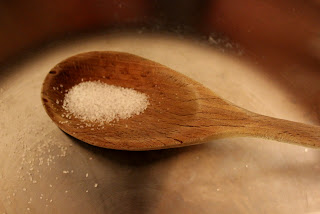There are thousands upon thousands of poems about love, many
of them using predictable words, predictable rhymes. Ho-hum. But here the Illinois
poet Lisel Mueller talks about love in a totally fresh and new way, in terms of
table salt. [Introduction by Ted Kooser.]
Love Like Salt
Love Like Salt
It lies in our hands in crystals
too intricate to decipher
It goes into the skillet
without being given a second thought
It spills on the floor so fine
we step all over it
We carry a pinch behind each eyeball
It breaks out on our foreheads
We store it inside our bodies
in secret wineskins
At supper, we pass it around the table
talking of holidays and the sea.
American Life in Poetry is made possible by The Poetry
Foundation (www.poetryfoundation.org), publisher of Poetry magazine. It is also supported by the Department of
English at the University of Nebraska-Lincoln. Reprinted from Alive Together: New and Selected Poems (LSU
Press, 1996) by permission of the author. Poem copyright © 1996 by Lisel
Mueller. Introduction copyright © 2012 by The Poetry Foundation. The
introduction's author, Ted Kooser, served as United States Poet Laureate
Consultant in Poetry to the Library of Congress from 2004-2006.












